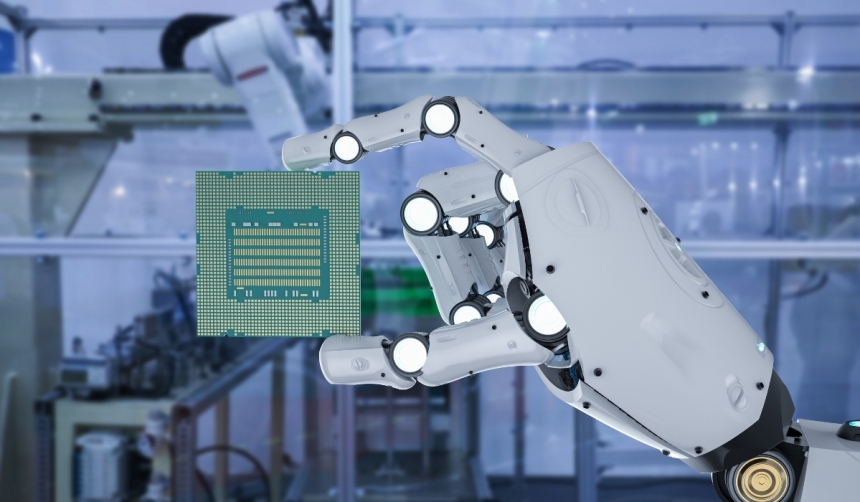Near Earth Autonomy has been tapped by the Naval Air System Command (NAVAIR) to showcase a sophisticated autonomy system for helicopters, aiming to revolutionize logistical and casualty evacuation missions. This technology will be tested under the U.S. Marine Corps’ Aerial Logistics Connection (ACL) program and has the potential to operate with or without a crew. The initiative will bring advanced capabilities to the Marine Corps’ rotorcraft, enhancing operational efficiency and safety.
Near Earth Autonomy previously explored autonomous operations, achieving a milestone in 2017 with an autonomous UH-1 helicopter. This new initiative, however, focuses on a complete system deployment within 20 months, demonstrating the feasibility of rapid cargo transport up to 3,000 lb over a 200 NM radius. Leonardo’s AW139 helicopter, known for its versatility across various defense and civilian applications, and Honeywell’s enhanced autopilot systems will be integral components of this demonstration.
Industry Leaders Join Forces
Leonardo will incorporate a fast loading, securing, and unloading system for Joint Modular Intermodal Containers (JMIC) on the AW139 helicopter. Honeywell, responsible for the AW139’s current autopilot system, will improve it to facilitate autonomous take-offs and landings. By integrating these technologies, Near Earth Autonomy aims to provide a fully autonomous logistics system capable of guiding the aircraft and adjusting its flight path to avoid hazards without remote control.
Enhanced Mission Capabilities
Near Earth will further demonstrate mission autonomy, enabling lightly trained personnel to handle tasks such as requesting, dispatching, monitoring, and retasking supply deliveries in challenging environments. This system minimizes the need for specialized training and enhances operational readiness and flexibility in contested areas.
Sanjiv Singh, CEO of Near Earth Autonomy, emphasized the mission’s importance, reflecting on the company’s inception in 2012 and the progress since then. “We started the company in 2012 to demonstrate autonomous resupply operations in austere environments at an unprecedented scale,” he said. “We proved feasibility in 2017 with an autonomous UH-1, and now the Aerial Logistics Connector program allows us to demonstrate a complete system that meets this operational need in the near future. We look forward to working with our partners at Leonardo, Honeywell and NAVAIR to build upon state-of-the-art to advance the efficiency and safety of military logistics.”
Matt Milas, president of Defense & Space at Honeywell Aerospace Technologies, shared similar sentiments: “The future of aviation will include several layers of autonomy, and Honeywell is proud to work with our partners to provide the cutting-edge technologies that enable safe and secure autonomy solutions across a range of vehicles, including the AW139.”
Past coverage on autonomy in aviation has typically focused on smaller-scale implementations or proof-of-concept trials. This new initiative represents a significant leap, showcasing a more mature technology with real-world applications. Previous reports highlighted the challenges and skepticism surrounding autonomous systems in contested environments, but the current project aims to address these concerns with robust, integrated solutions.
Furthermore, earlier efforts in autonomous aviation often lacked comprehensive industry collaboration. The involvement of Leonardo and Honeywell in this initiative demonstrates a more cohesive approach, pooling expertise from different sectors to achieve a common goal. This collaborative effort is a testament to the evolving landscape of autonomous technologies and their increasing viability for military applications.
This initiative illustrates the expanding role of autonomy in military logistics, with Near Earth Autonomy taking a pivotal part. The collaboration with Leonardo and Honeywell indicates a robust partnership aimed at enhancing operational capabilities. As these technologies continue to develop, their applications could extend beyond military use, potentially influencing broader sectors such as emergency response and commercial logistics.










